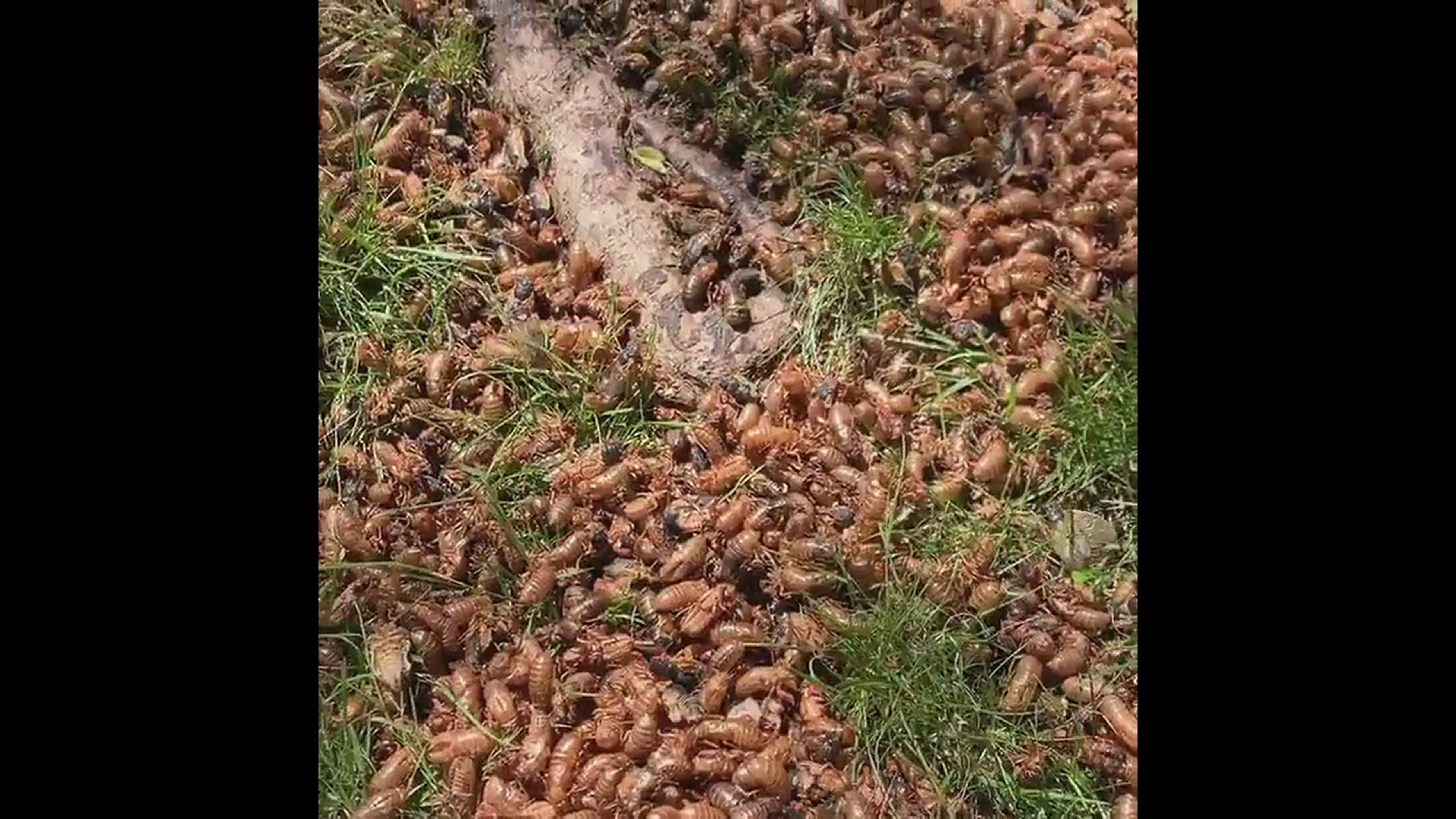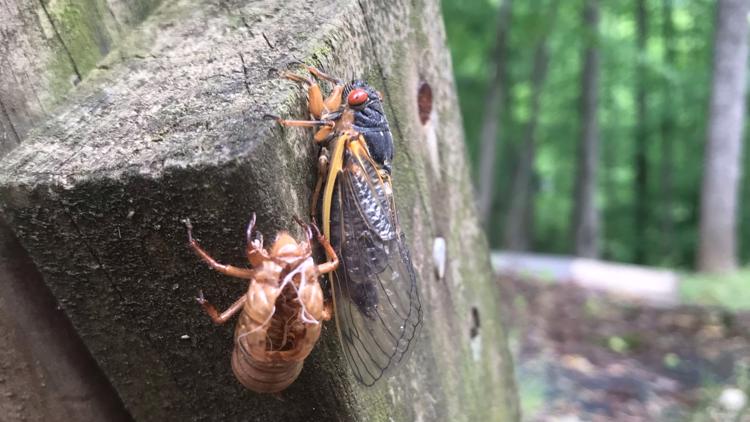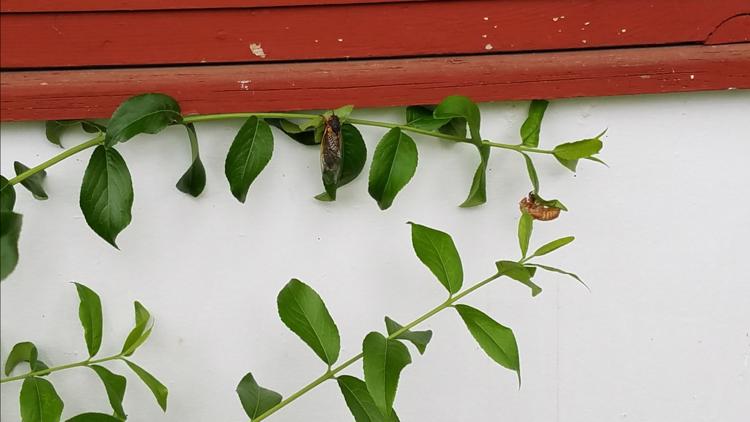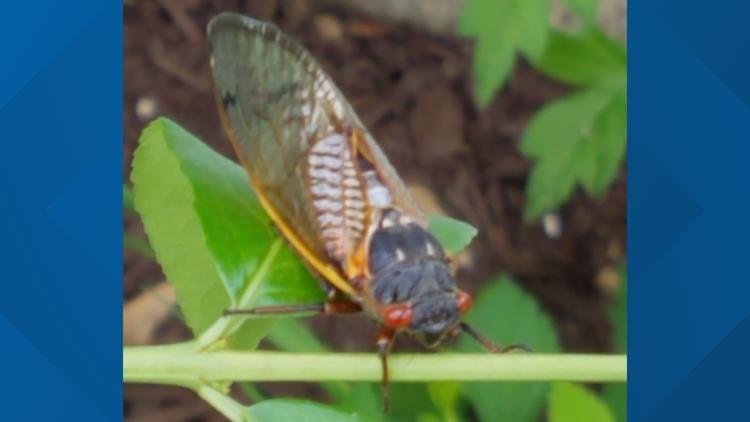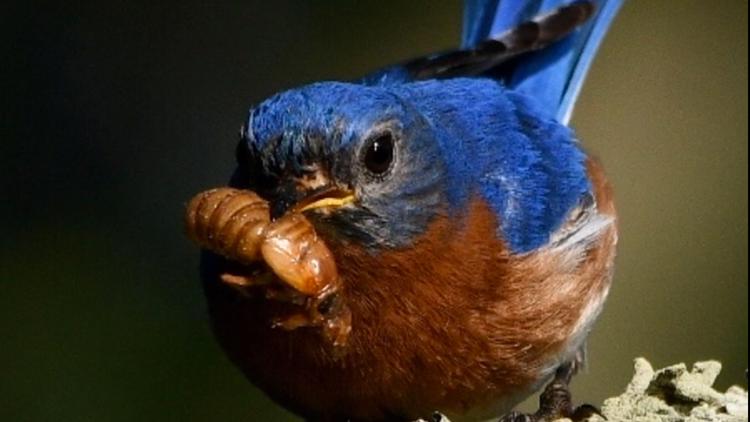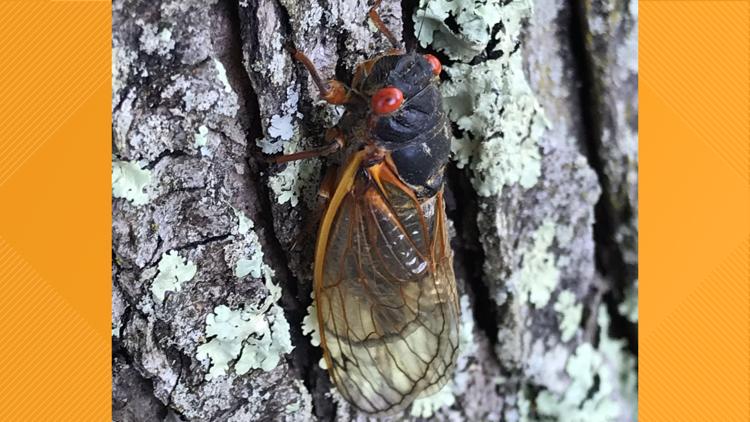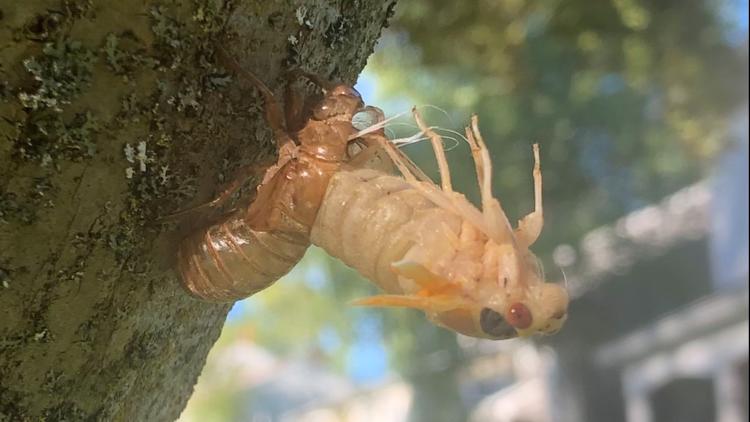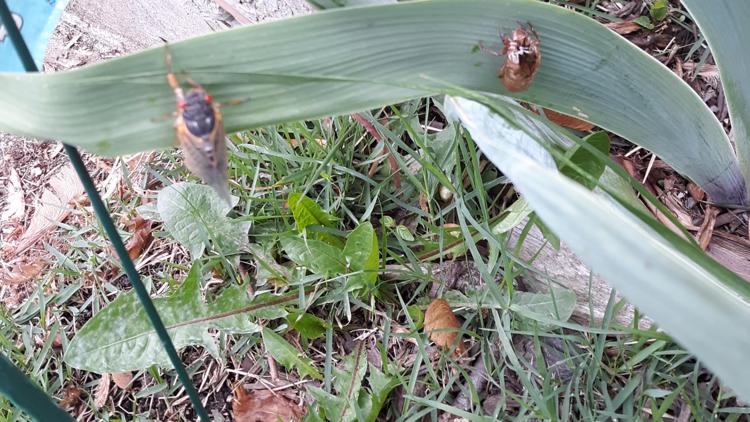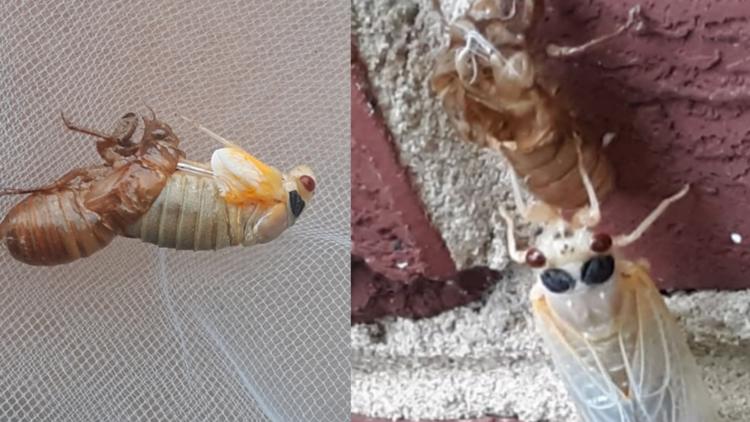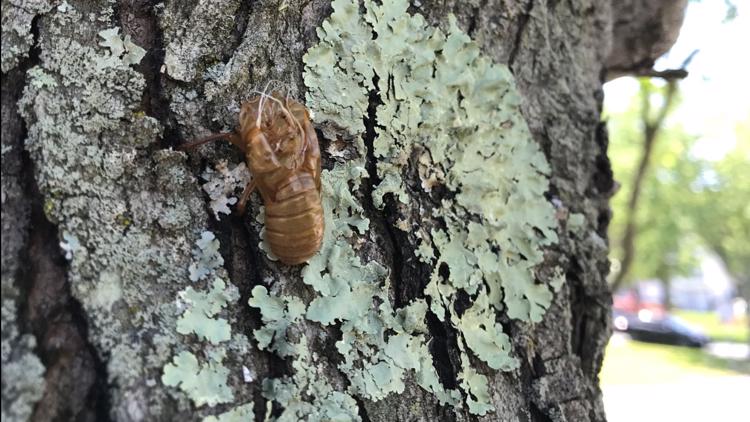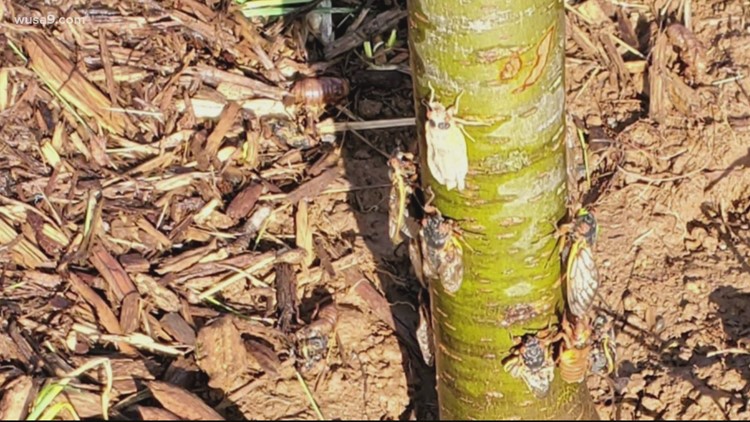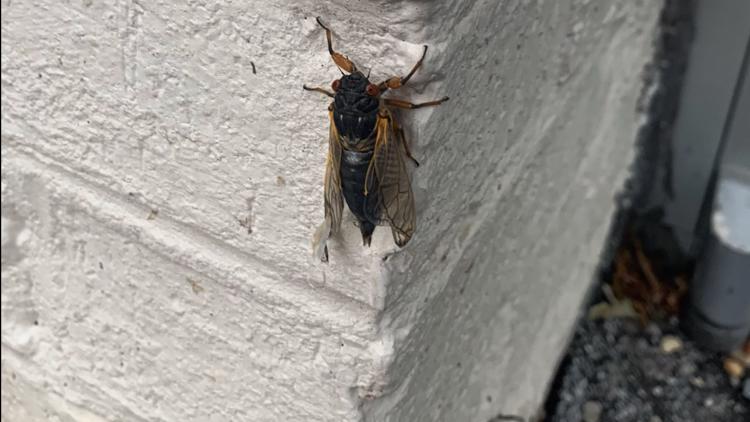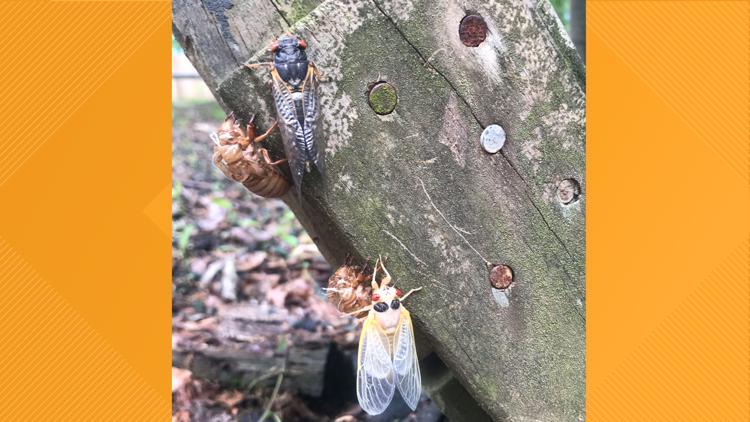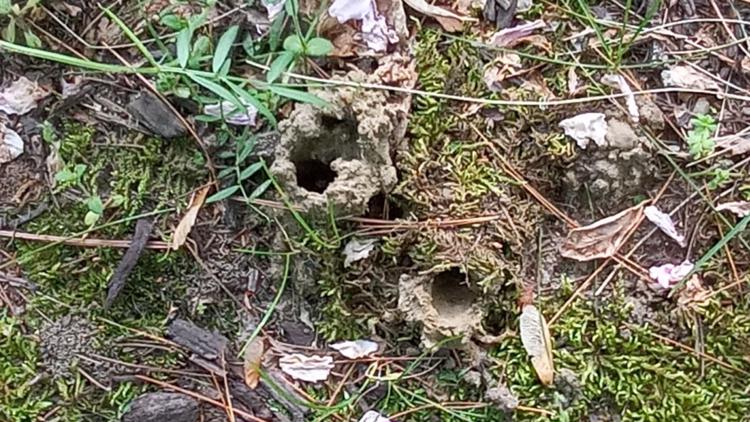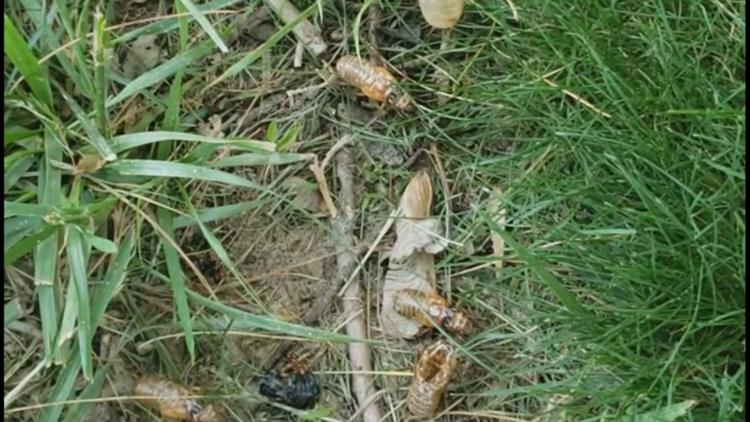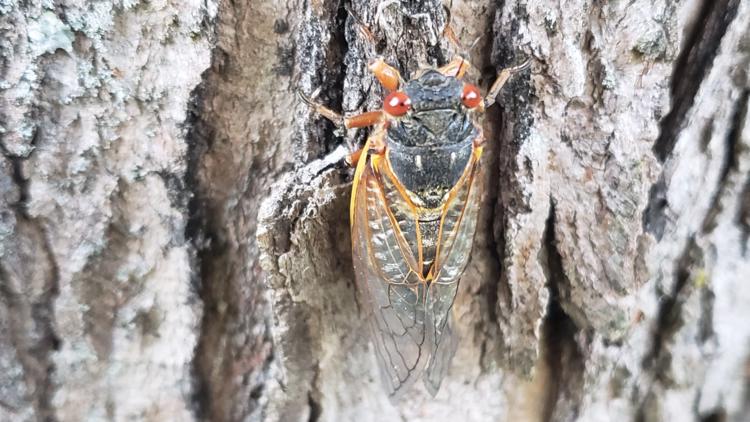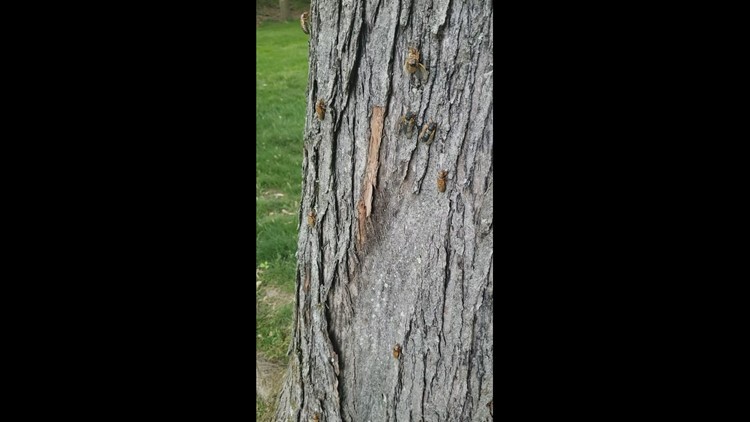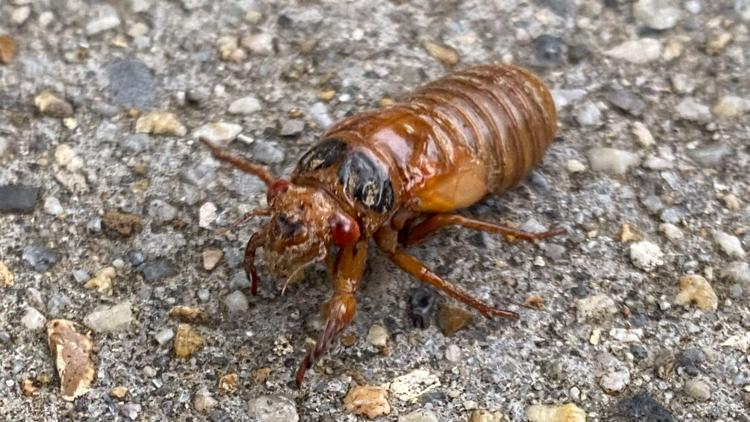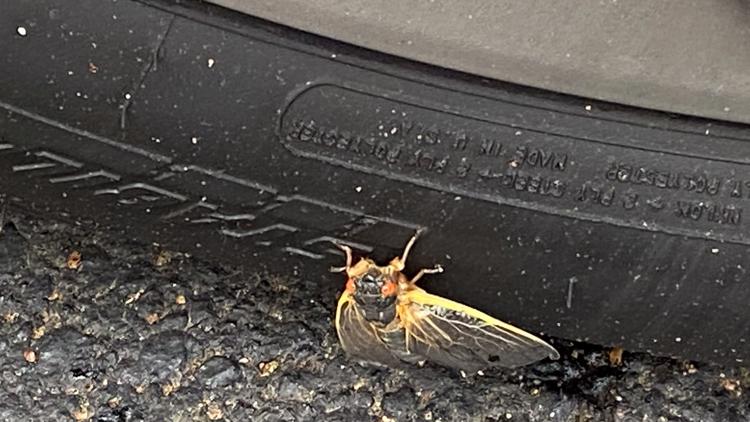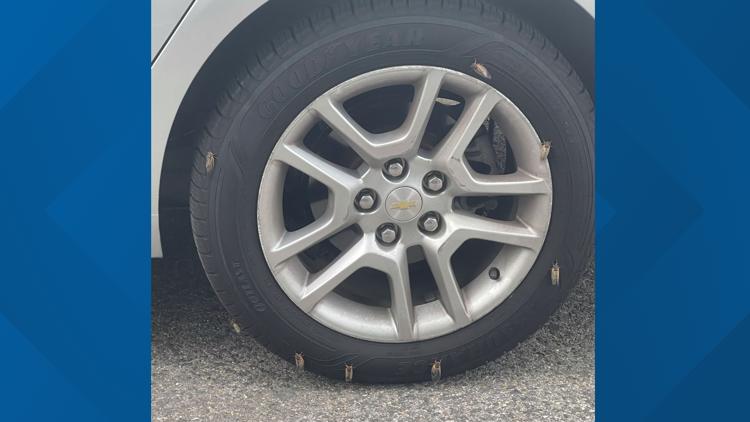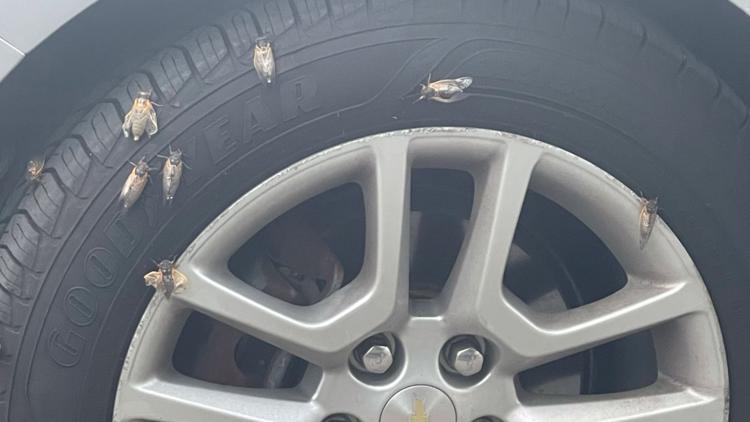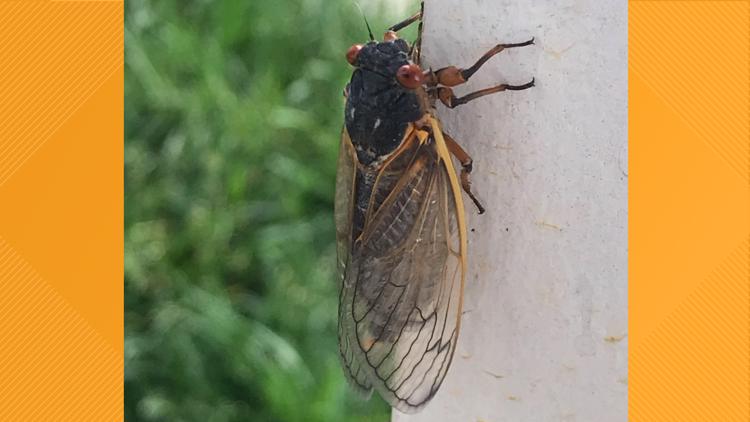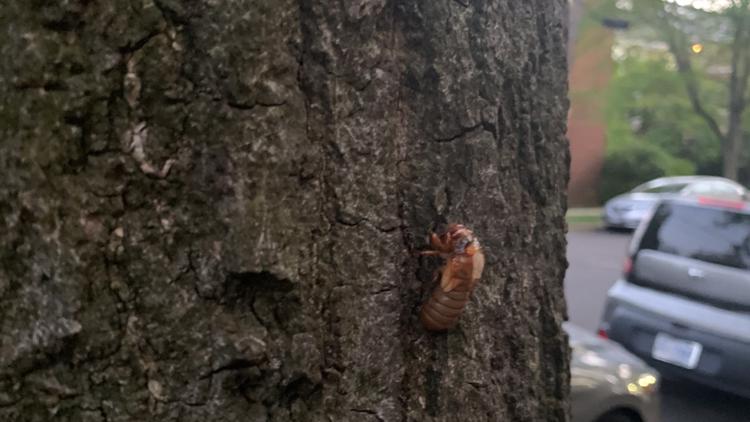WASHINGTON — After 17 years and a lot of anticipation, the Brood X cicadas have begun emerging in the DMV, and with higher temperatures expected to warm the soil this week, the real coming out party could be just days away.
Experts estimate the number of cicadas in Brood X could reach the billions or even trillions this year, and once the soil temperature reaches 64 degrees, the bugs will begin to arrive en masse.
Many of you have already started seeing the winged bugs in your yards in D.C., Maryland and Virginia.
What have the cicadas been doing while underground for 17 years?
Being couch potatoes, sucking on tree roots all day long.
"Pretty much the equivalent of laying on your couch and eating Doritos for 17 years," George Washington University entomologist Zoe Getman-Pickering said.
Here's how it works: cicada females cut little holes in the tree branches and lay about 20-30 eggs into each hole.
Odds are, Getman-Pickering said, the females will lay their eggs pretty close to where they themselves were born, since cicadas aren't great flyers.
The baby cicadas, also called "nymphs," will hatch, fall down and dig tunnels into the soil. There they'll stay for 17 years sucking on roots.




Cicadas in the DMV
Cicada Smörgåsbord
Now that the cicadas are here, they offer some tasty, protein-packed meals for birds, rats, dogs, cats and even humans.

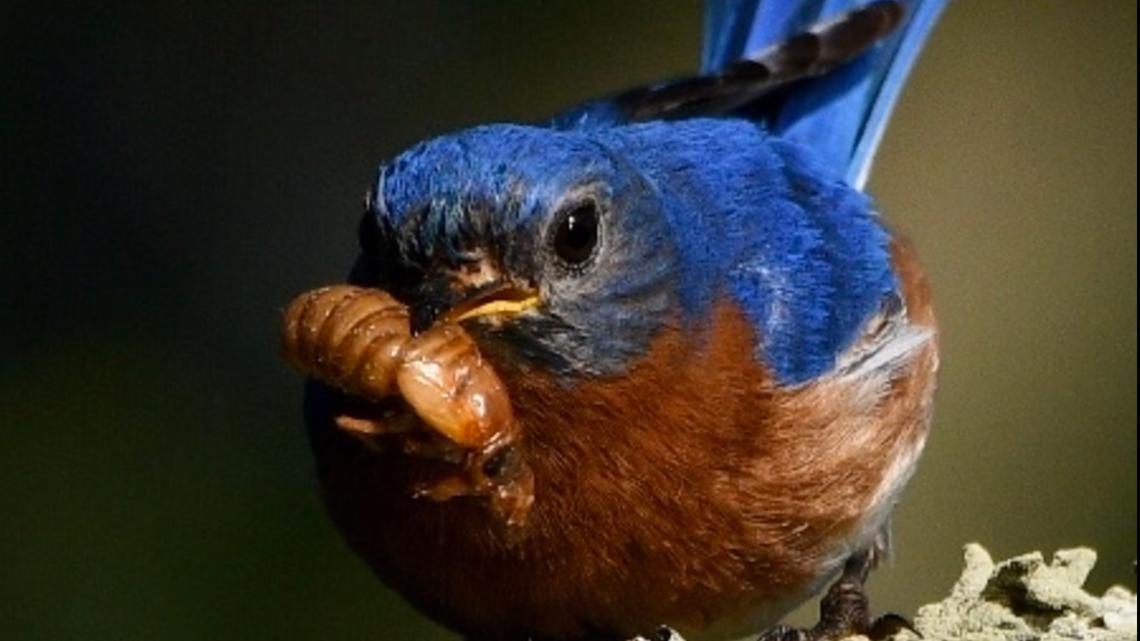
Cicada data
Send us your cicada pics using the Near Me feature on the WUSA9 app. Then you can send that same cicada snap to scientists tracking and mapping where and when cicadas emerge, using an app called Cicada Safari.
RELATED: 'It’s this link to the past' | Researchers share the new technology helping to locate cicadas
Bugging out?
Perhaps you're less than thrilled about the red-eyed bugs making their noisy return to the DMV. We spoke with psychotherapist Dr. Gwilym Roddick about how to handle feelings of anxiety around the swarm of cicadas.

